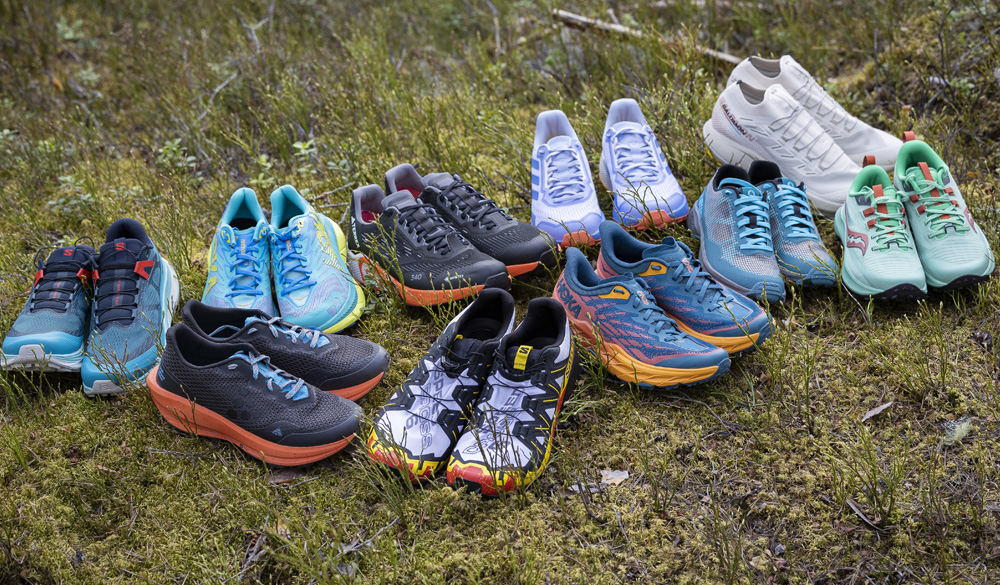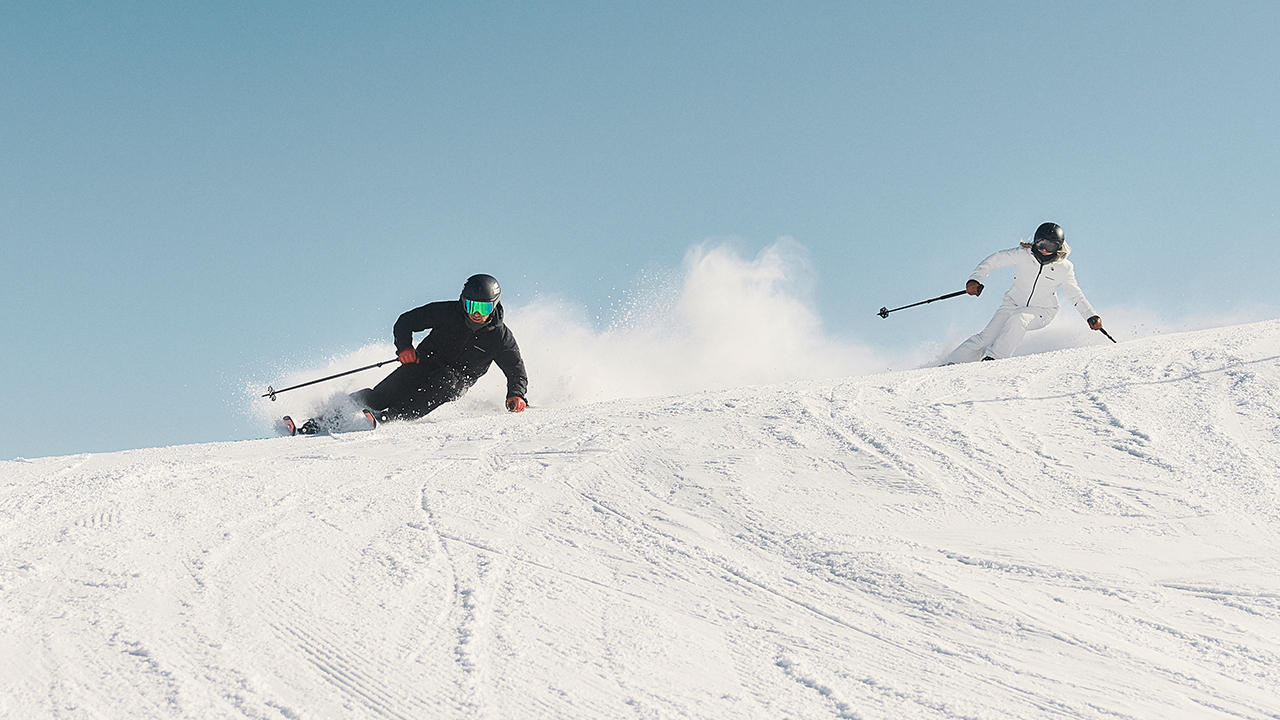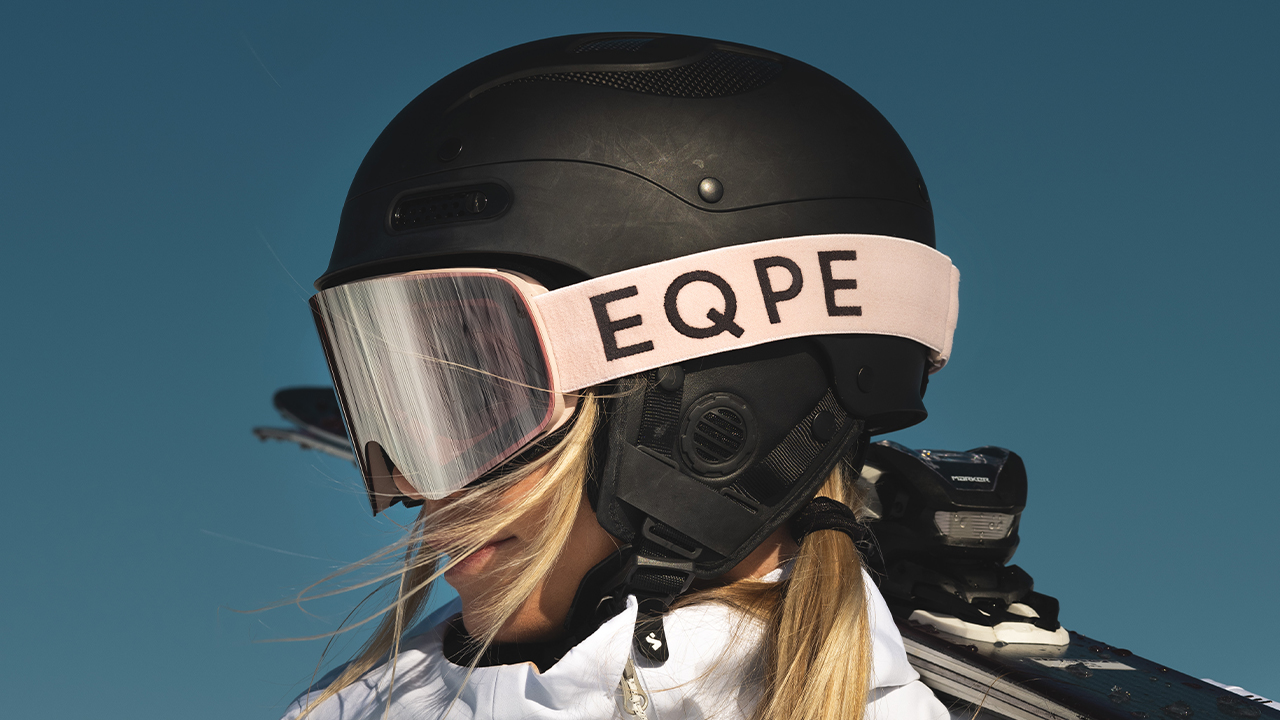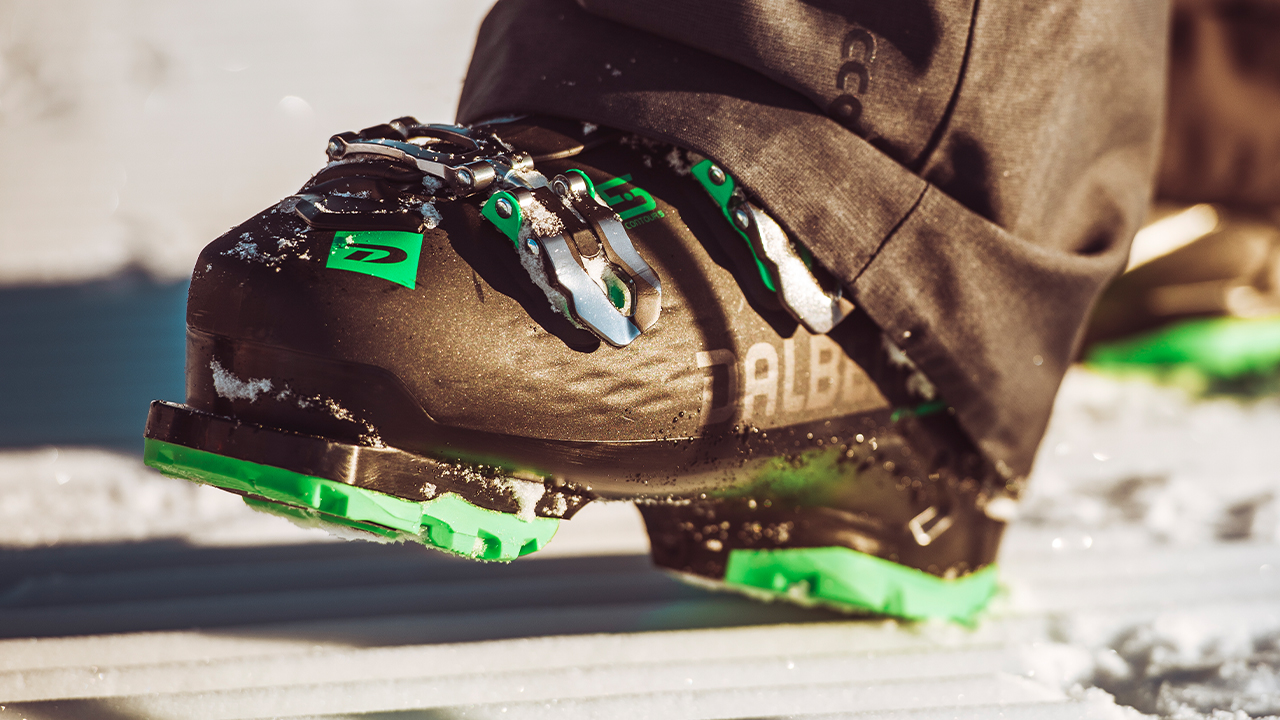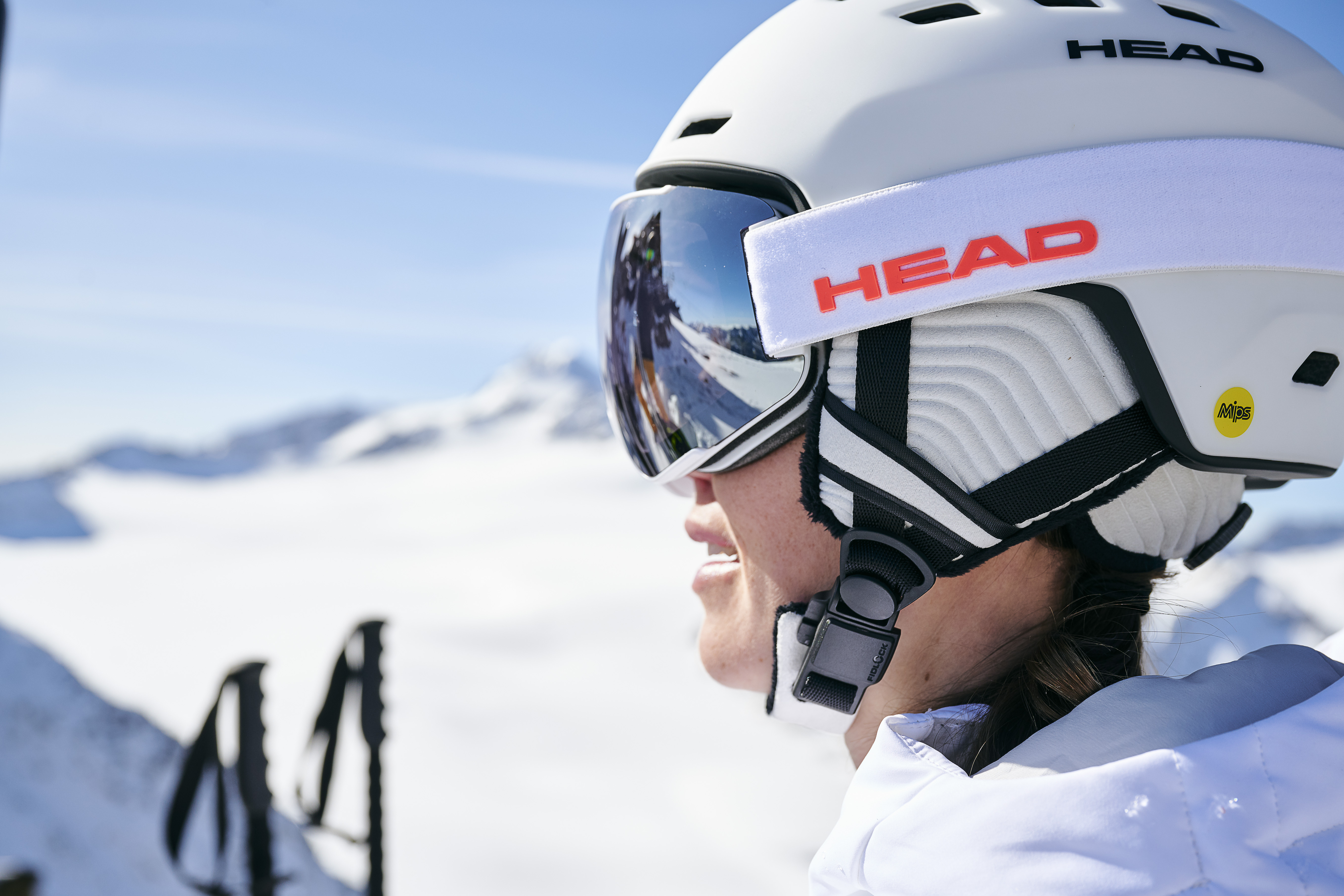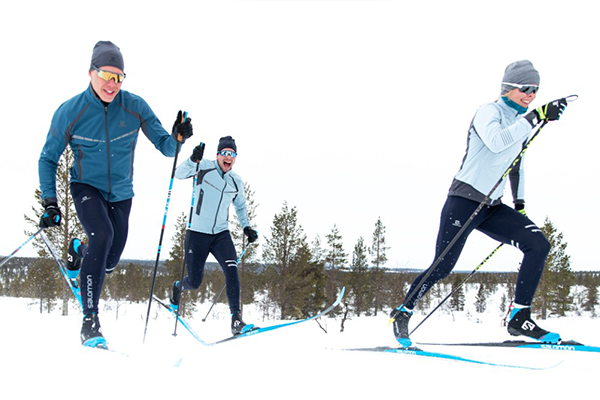Which type of pole should I buy?
Poles for alpine skiing
An alpine pole is a classic straight pole made of aluminium, composite or carbon fibre. These poles are the most common and the ones used by most ‘regular’ skiers. The different materials mean that there is a certain difference in terms of durability, weight and flexibility. For example, carbon fibre and composite are lightweight materials that make the poles lighter and smoother to handle when skiing.
Poles for freestyle and park
Poles used for freestyle and park are often a little shorter than a standard alpine pole so that they are easier to handle when rotating and on rails. The poles are often made of aluminium and most often have a colourful and attractive design.
Poles for randonnée and touring
Poles for randonnée are most often telescopic models. They are perfect for anyone who ski tours often or travels a lot, since the poles are flexible and can be folded or pushed together. Telescopic poles are particularly suited for summit tours since the length of the pole can be adjusted depending on the terrain.
Poles for backcountry and off-piste
Poles for off-piste skiing are very similar to alpine poles but have a broader basket at the bottom for better buoyancy in loose snow. You can choose these poles in a shorter length than alpine poles since the skis tend to sink down a little in the snow when skiing in powder snow.
What length should my poles be?
Stand up with a straight back. Hold your arms to the side of your body, and bend your arm upwards so the angle between your upper arm and lower arm is 90 degrees. Measure the distance between your hand and the floor, and add an extra 3–5 cm. You now have a good pole length for piste skiing.
When it comes to freestyle and park, the length of the pole is more a matter of personal taste. Choose preferably a pole that is slightly too long (approx. 60% of your height) since you can always cut the poles at your nearest workshop if you prefer them to be shorter.
If you ski a lot of freeride and backcountry, you can apply the same procedure used for measuring an alpine pole. Ignore the extra 3–5 cm if you want the pole to be a little smoother.
Telescopic poles often have quite a large span between their shortest and longest possible length, e.g. 95–145 cm, which means that most lengths are covered in the same pole.
